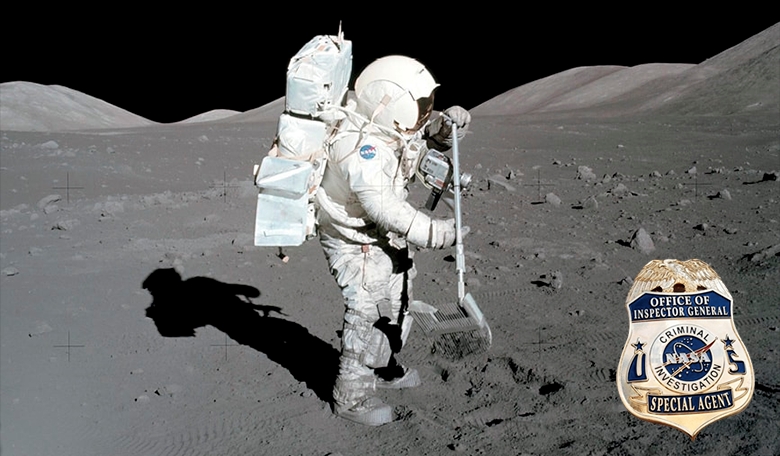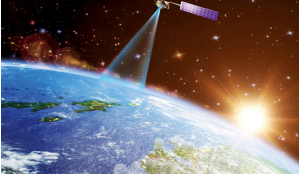Zero tolerance for unlawful possession is generally viewed as the mantra for the United States’ war on drugs and this approach has spawned a web of bureaucratic entities dedicated to uncovering and seizing unlawfully possessed controlled narcotics. What is not generally known is that the US employs a similar zero tolerance stance for unlawfully possessing what is now known as an ‘extracted space resource’. This zero tolerance regime, like the war on drugs, has its roots in the late 1960s, is still in force, and engages in zealous seizure operations. Unlike the war on drugs, the supply source for extracted space resources is extremely limited thereby making transactions in minuscule amounts very lucrative. While the supply source may change in light of the US law allowing for the commercial extraction of space resources by licensed private ventures, it is doubtful that the zero tolerance regime will dissipate. A glance at the current deployment of the policy may offer a glimpse into a potential space age American law enforcement regime.
In 2015 the United States enacted a law defining ‘space resource’ to mean an ‘abiotic resource in situ in outer space’, which includes but is not limited to water and minerals. This definition is considered to include abiotic or non-biotic resources located on the Moon, planets and other celestial bodies. There was no legal definition for ‘space resource’ prior to 2015, but that does not mean space resources were non-existent.
Between 1969 and 1972, the Apollo programme conducted six crewed Moon missions that garnered about 382 kilograms of rocks, core samples, pebbles, sand and dust extracted from the lunar surface. The US has consistently maintained that it owns all lunar material collected during the Apollo missions unless it knowingly transferred title to another. It does not base its ownership claim on a specific unambiguous law passed by Congress, but instead asserts its title claim through a series of administrative directives issued by NASA. Apparently, no foreign government has ever protested or objected to the United States claiming ownership over the extracted lunar material.
Find out more about US policy on extracted space resources in the full version of the article, available now to our subscribers.














